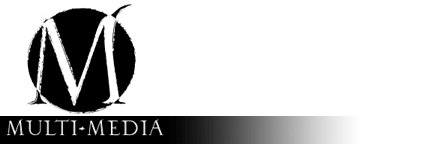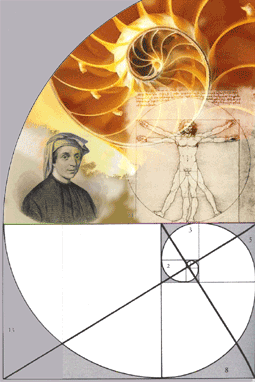

| Grid System A brochure that unfolds and refolds in the hand is intrinsically different from a formal letter that lies motionless and flat. Robert Bringhust, The Elements of Typographical Style |
|
Introduction Project Focus |
Word Topic Frist, print out the form: Word Topic Next, choose two different two words which you could use for the theme of this project. Then, go to the online thesaurs and choose from one of the definitions four Synonyms to the word. Thesaursu.com Next, complete the Word Topic form and then turn it in. |
FLYER
|
| Golden
Section The golden section is a symmetrical relation built from asymmetrical parts. In the world of pure mathematics, this spiral of increase, the Fibonacci series, proceeds without end. Fibonacci series and the proportions can be seen in the structure of pineapples, pinecones, sunflowers, sea urchins, snails, the chambered nautilus, and in the proportions of the human body as well. The golden section was much admired by classical Greek geometers and architects, and by the Renaissance mathematicians, architects and scribes, who often used it in their work. It has also been much admired by artists and craftsmen, including typographers, in the modern age. |
 |
|
| Grid Pointers
|
|
|
|
||
The design for the envelope focuses on the original word you choose for this project. You will create a design and layout for the envelope, using images from your brochure as well as referencing elements of your grid system in your layout. |
||